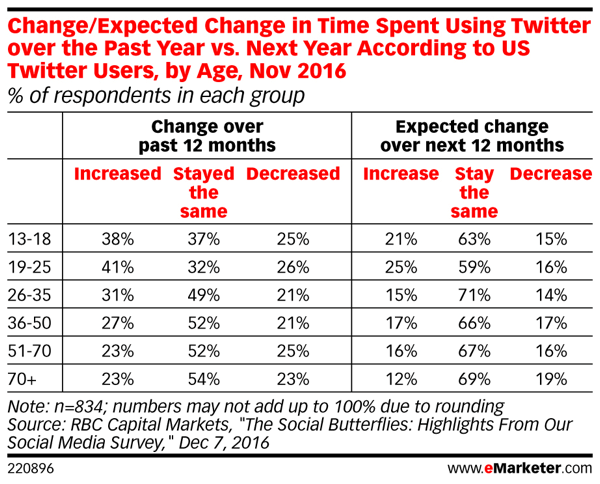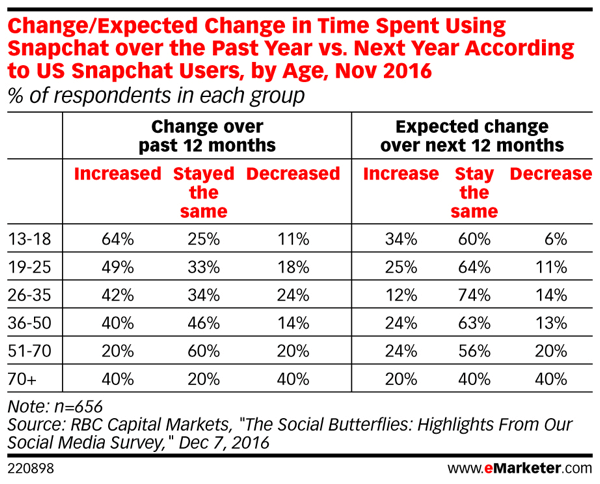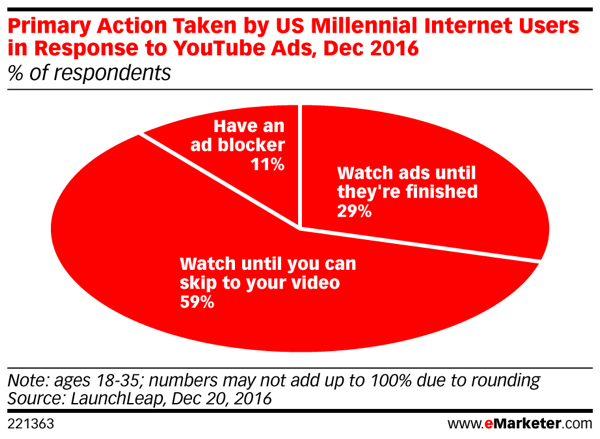10 Social Media Apps You Should Be Using in 2016 (But Probably Aren’t)
The Roll app will help you make sure your images are the best they can be. The Roll analyzes your photos, rates them on a zero to 100 scale, and adds keywords for easy search (much like Google Photos).
The Roll has more features than I have time to write about it here. Just do yourself a favor and check it out. Your visual content will thank you.
Download The Roll for iPhone
Tuurnt is a social media app and platform following in the ephemeral footsteps of Snapchat. Giving users 24 hours to respond to photos and videos, Tuurnt turns regular visual posts into social events where participation and contribution from both known contacts and public users is encouraged.
The app allows you to take photos and videos from your phone’s camera roll (or from Instagram, Flickr, and Dropbox) to create a shareable “story.”
Yubl’s success can be attributed to not only the highly detailed interface, but the three main areas of the user experience. “Private” is for one-on-one or invite-only group, ‘Public’ is an open forum across the entire social network (including brands and celebrities), and ‘Explore’ is for searching and finding other users such as brands and celebrities.
share your favorite movies, music, books, TV shows, videos, restaurants, bars, travel destinations, and anything else you like.
plan your trips, acts as a guide, encourages you to capture moments along the way, and then ‘relive’ your experiences.
Download Firef.ly for iPhone
send and receive money free of charge, transfer to your bank, and checkout on other apps with just one touch.
Create, delete, and manage contact groups for easy, quick communication with teams, friends, and family. iOS only
Quik allows users to create stylized videos with just a few taps on their mobile devices. Once your video is done, you can post directly to your social media accounts through Quik.
my note. compare Quik to other video editing free tools for mobiles: https://blog.stcloudstate.edu/ims/2016/01/21/video-editing-for-mobile-devices/
The app bridges the gap between your phone and computer, and, as Gizmodo explains, “automatically sends all your phone notifications over to your computer in the form of little windows.
/cdn.vox-cdn.com/uploads/chorus_asset/file/9881673/Screen_Shot_2017_12_16_at_10.02.31_AM.png)



